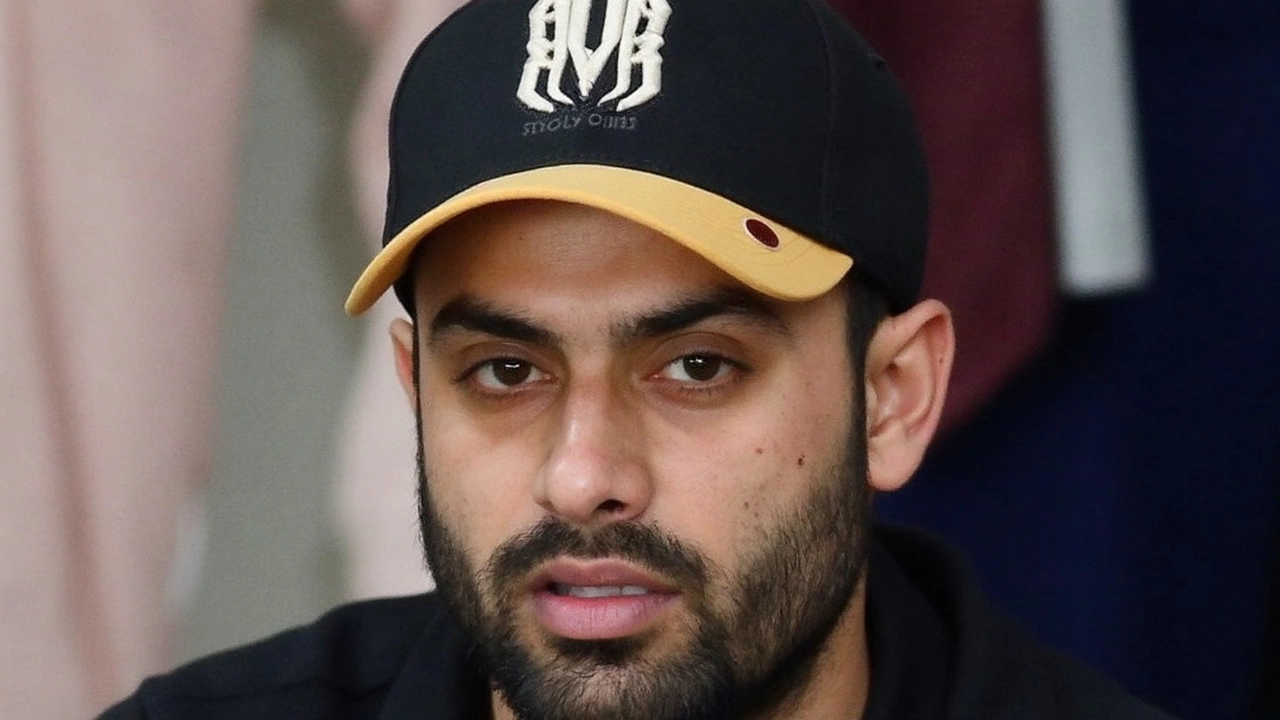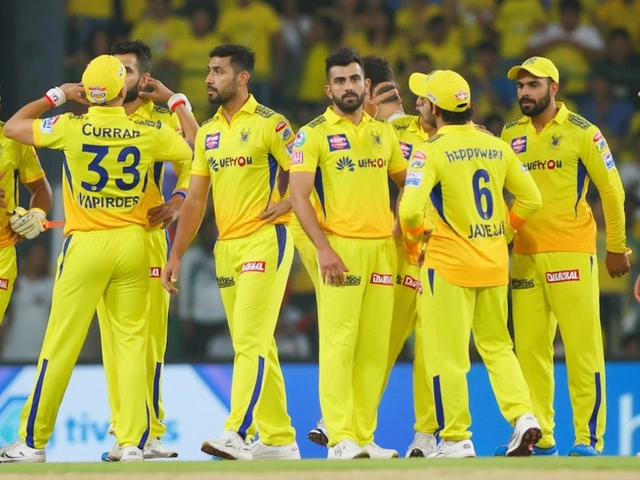Shock and Swift Action on the Pitch: Tamim Iqbal's Medical Emergency
You don't expect a cricket field to turn into a life-or-death situation, especially with a star like Tamim Iqbal in action. But that’s exactly what happened on March 24, 2025, during a Dhaka Premier League match. Tamim, captaining Mohammedan Sporting Club, was fielding at the Bangladesh Krira Shikkha Protisthan No 3 Ground in Savar when sudden chest pain gripped him.
What looked like an ordinary contest between Mohammedan and Shinepukur Cricket Club quickly turned dramatic. Teammates and staff noticed Tamim struggling and medical responders rushed in. Realizing the gravity of the situation, his trainer, Yakub Chowdhury Dalim, wasted no time administering CPR. The medical team followed up with a defibrillator shock, a step that can make all the difference when facing a heart attack. Initially, there were frantic calls for a helicopter to fly him out, but speed was of the essence, so they moved him by ambulance to KPJ Hospital in Savar.

Hospital Stay, Angioplasty, and the Road Ahead
Once at the hospital, doctors diagnosed Tamim with a heart attack. He was rushed straight to the cath lab for an angioplasty, and a stent was quickly inserted to help restore blood flow to his heart. There was a period of real anxiety, not just for fans, but also for teammates and the entire cricket community. Tamim was placed in the intensive care unit for close observation before being transferred to KPJ Evercare Hospital in Dhaka for further care.
Just two days later, Tamim was well enough to leave the hospital, but his life had changed. Medical experts, including Abdul Wadud Chowdhury from the National Institute of Cardiovascular Diseases, confirmed that Tamim’s heart function looked good after the procedure. Still, they warned that complications can sometimes hide beneath the surface, so caution was the message of the day.
For now, any talk of cricket is on hold. Doctors made it clear Tamim must focus on lifestyle changes—likely meaning a rethink of his schedule, diet, and daily routine. They set a three-to-four-month window before a medical board will reassess if a return to competitive sport is even possible. Tamim says he’s hopeful, but isn’t making promises—he’s been upfront about crediting his trainer for saving his life, reminding everyone how important immediate care is when the unthinkable happens.
The ripple effects of this episode stretch beyond just Tamim and his family. It’s a wake-up call for sports teams everywhere. Having an emergency plan—and staff trained in CPR—can be the line between tragedy and survival. For a country where cricket is a passion, Tamim’s ordeal is now part of the conversation about player safety and health, both on and off the field.



